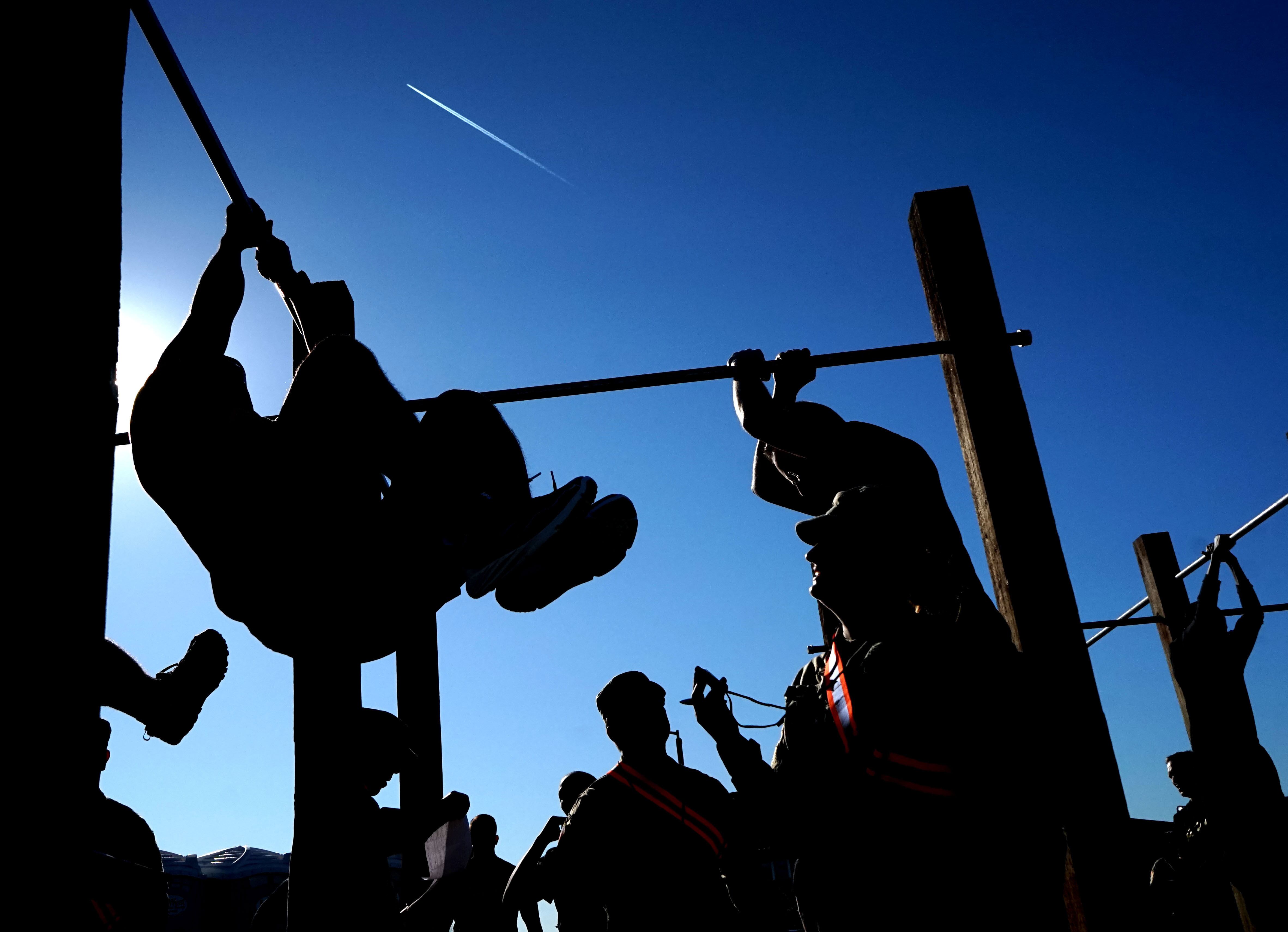In recognition of Suicide Awareness Month, the Army recently issued a challenge to its soldiers — get better at unit cohesion.
It was a continued call on leadership to do routine checks on subordinates and likewise for soldiers to reach out to one another and their superiors in times of distress.
Gen. Michael X. Garrett, commanding general of U.S. Army Forces Command, issued the challenge Sept. 10 on Facebook and invited all soldiers and leaders to do leg tucks together during the month.
“It breaks my heart many mornings that I wake up to reports of young men and women, soldiers, who end their own lives,” Garrett said. “Suicides are a tragedy. And they’re one of the one areas where we break trust — we, the military, break trust — with the American public.”
The Marine Corps and the Army had the highest cases of all the military branches, with its troops committing suicide 50 percent more, Military Times previously reported.
“It is a complex issue — though intervention has proven to be effective if someone displays suicidal ideations,” said Col. James Scott Rawlinson, director of public affairs for U.S. Army Forces Command, in an email to Military Times. “It touches every military service as well as every community in our nation.”
Rawlinson said Suicide Prevention Month gives the Army the ability to highlight its efforts to “strengthen resilience, enhance personal readiness and increase awareness of available resources.”
FORSCOM recently launched its hashtag #UDontStandAlone campaign to provide information and resources for soldiers who may be contemplating suicide and to educate others in ways to spot warning signs and how to handle potentially sensitive situations.
“They may not know what to do when they identify a problem, which is what we want to address,” Rawlinson said. “We want to make it clear at every level that there are resources available for those who need it, and to educate everyone on how to get it.”
The campaign is also being used to promote Army services like the Morale, Welfare and Recreation and Better Opportunities for Single Soldiers events and resiliency programs like Army Emergency Relief, Military Family Life Counselors, Military OneSource, American Red Cross, R2 Performance Centers, Strong Bonds retreats and various mental health resources like the Military Crisis Line, Rawlinson said.
Several units participated in the leg tuck challenge, including the XVIII Airborne Corps, 1st Infantry Division, 3rd Infantry Division, I Corps, III Corps, 389th Military Intelligence Battalion, 2nd Brigade Combat Team, 82nd Airborne Division, 101st Airborne Division, 1st Squadron, 73rd Cavalry Regiment and Sgt. Maj. of the Army Michael A. Grinston.
Leg tucks — used in the Army’s Combat Fitness Test — won’t solve military suicide solely through the physical activity alone, though exercise has been proven to help. The challenge is meant to help create a support network for soldiers and others in their unit.
“Feelings of loneliness and isolation are historically contributors when soldiers have exhibited suicidal ideations, but there are a number of other factors as well,” Rawlinson said. “By engaging routinely with our soldiers and truly understanding each one, we can sense when something is wrong and hopefully intervene and get him or her the help that is needed.”
Jared is the manager of print design for Sightline Media Group's five magazines under the Military Times and Defense News banners.





